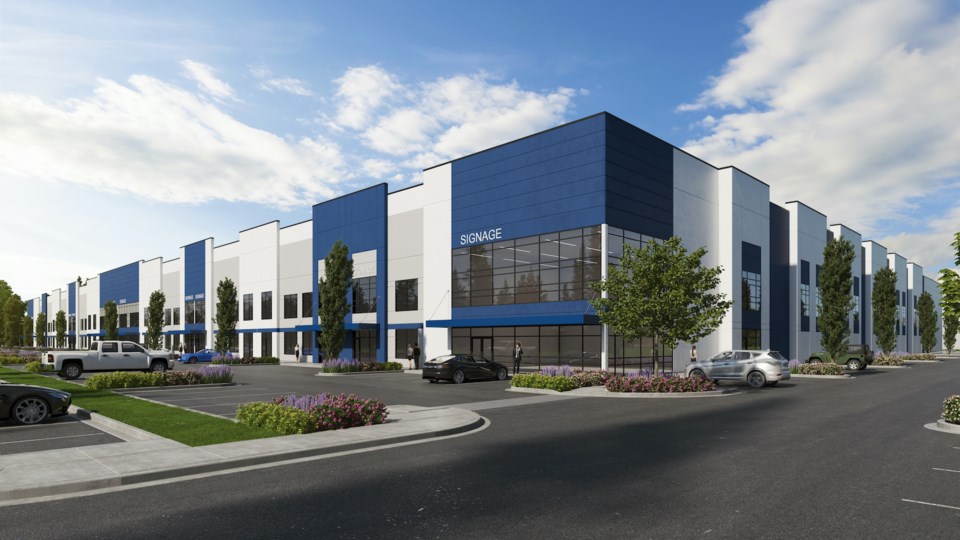Phased projects have frequently been a way to bring large-scale developments to completion, breaking them down into elements that appear in turn, almost organically, at a pace that allows the developer to avoid becoming financially overstretched.
But the supply chain disruptions of the past three years and ongoing risk from higher financing costs and inflation have underscored the importance of phased projects even for anything larger than a single building.
“Where you’re building more than two buildings on a site, the reality is that you’re phasing those projects just due to the resource and risk reduction that can be so important,” said Cam Archer, director of sales and marketing with Orion Construction Corp. in Langley. “This phasing aspect really helps us minimize the risk of delays and cost overruns as we continue through a project.”
Rising construction costs have been a key issue for Orion over the past two years, forcing it to purchase materials in advance to keep ahead of cost increases and supply chain disruptions. The strategy ensured materials were available when needed, often for a better price than if it had waited. This helped keep projects on budget and on time as construction boomed in the initial post-COVID wave of construction.
But phasing projects has also helped Orion control costs as well as track with shifting market sentiment last year as interest rates rose and demand for strata industrial units cooled.
“Breaking these projects down into smaller phases, it really allows us the ability to adjust our plans easier and respond to changes in the market and be able to control our scopes and budgets and schedule,” Archer said.
A current example is Pacific Corporate Centre, a development Orion is building for Cedar Coast Capital Corp. in the Campbell Heights area of Surrey offering two industrial buildings each of 220,000 square feet.
“Phasing the construction stages on that allows us to have varied construction starts on those two buildings,” Archer said, allowing elements such as the structural steel to be done in one building, followed by the next in sequence.
“They’ll just move onto the next building, so it allows for the improved flexibility that’s required when you’re working on these big buildings. You’re not having down time with your trades,” Archer said. “That’s been the big benefit of having phasing on that project.”
While phasing is an important element of many design-build projects, it’s becoming of greater importance in the Lower Mainland, where a tight labour market and high costs require projects to move smoothly.
“It’s something that’s generally always part of the discussion,” said Blaire Chisholm, co-chair of the NAIOP government relations committee and chief operating officer with development consultancy the Pooni Group. “In light of the current economic situation, yes, absolutely people are looking at phased. … You might see some projects go for a smaller redevelopment at this stage, holding onto a little bit of development capacity.”
Smaller projects continue to proceed in a single process, such as Cedar Coast’s planned Silver Stream development in Kamloops. While it also features two buildings, its smaller footprint of 196,000 square feet can be executed in a single run.
“We’re able to run that in one consistent timeline,” Archer explained.
While there’s a limited pool of trades in Kamloops, Archer said trades tend to see projects through versus in the heated conditions of the Lower Mainland. While a recent survey by the Independent Contractors and Businesses Association noted that 85 per cent of Interior contractors face challenges sourcing workers, up from 72 per cent last year, Orion is not worried about losing workers mid-stream.
It’s a similar case in Kelowna, where Orion expects to begin a three-building project totalling 52,000 square feet later this year for Astria Properties Ltd.
“Projects in Kelowna are just much smaller,” Archer said. “Those projects don’t lend themselves to a phased environment.”



